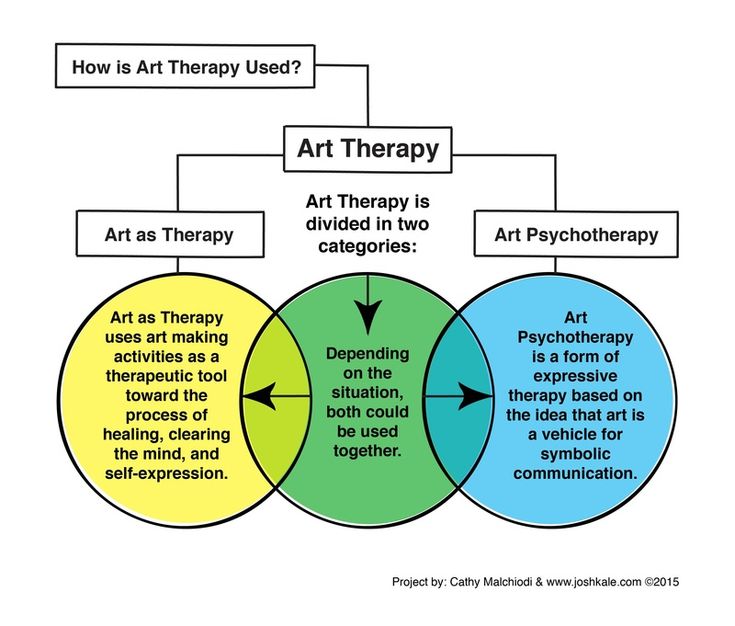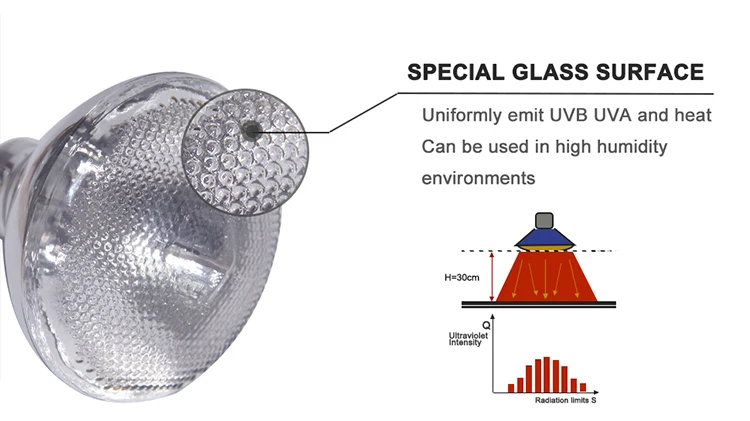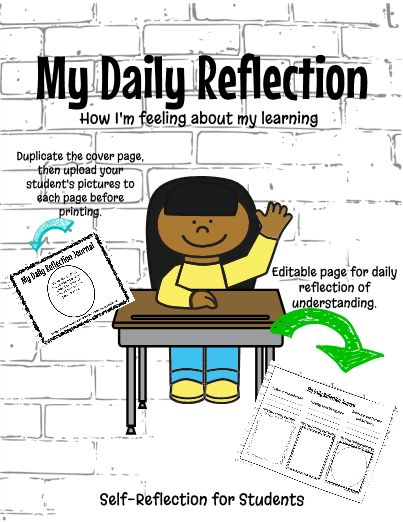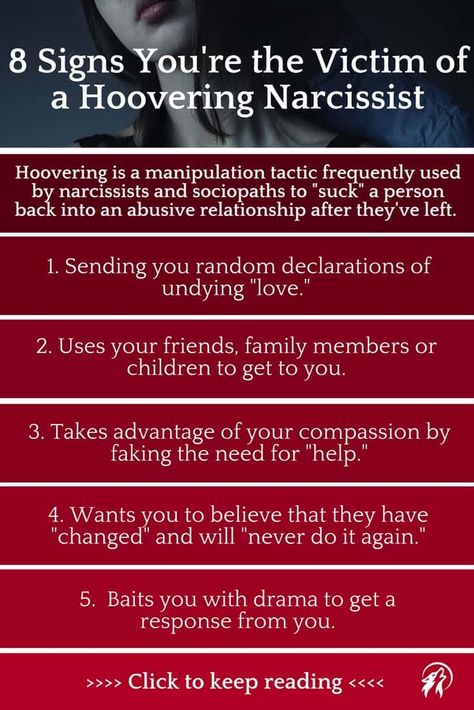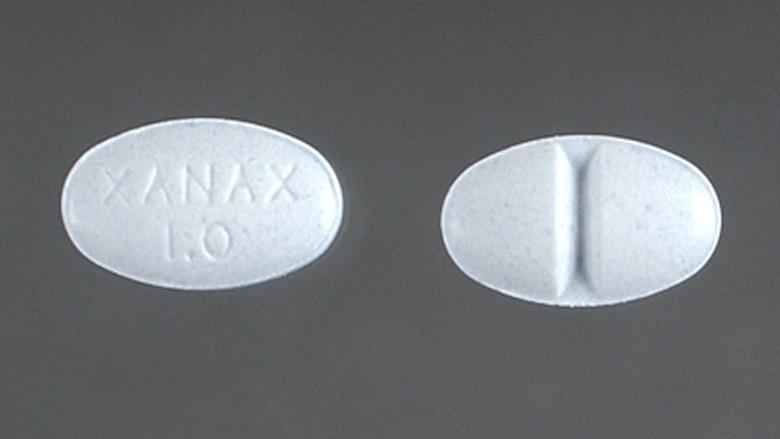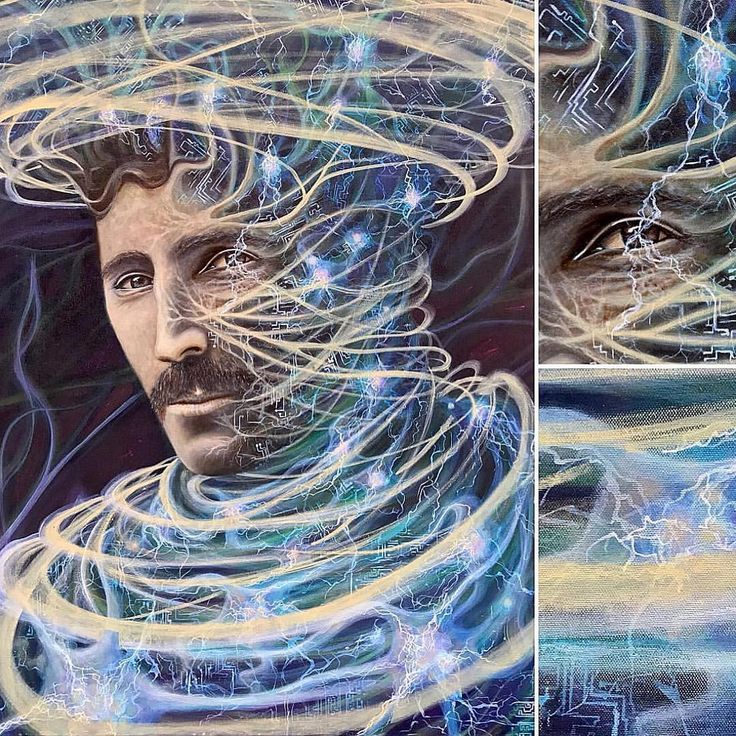Statistics about art therapy
Art Therapy is Particularly Effective in Times of Crisis
September 24, 2020
Art therapy is a mental health profession that enriches the lives of individuals, families, and communities through active art-making, creative process, applied psychological theory, and human experience within a psychotherapeutic relationship. Art therapists are clinicians with Masters-level degrees or higher, trained in art and therapy.
During the Coronavirus pandemic, art therapists have been serving as frontline “essential workers,” according to findings from the American Art Therapy Association’s May 2020 online survey. Half (53.1%) of art therapists surveyed said that they are continuing to go to work in person, with many working in psychiatric hospital settings or outpatient mental health clinics. In addition, two thirds (69.9%) reported that they are also working from home at least some of the time during the pandemic, with many having transitioned to teletherapy via video platforms or telephone.
In the survey, we asked respondents: “As an art therapist, how would you describe to someone unfamiliar with the profession why art therapy is uniquely suited to support mental health during this pandemic?” The survey takers explained that art therapy is particularly effective during times of crisis, especially in coping with isolation, changes in circumstance, trauma, and grief.
Research supports their assessment: for example, art therapy helps people feel more in control of their own lives, and helps relieve anxiety and depression, including among cancer patients, tuberculosis patients in isolation, and military veterans with PTSD. In addition, art therapy assists in managing pain by moving mental focus away from the painful stimulus.
To put this in context, art therapists also reported that they were hearing about high levels of anxiety, stress and worries from clients. Nearly all art therapists (92.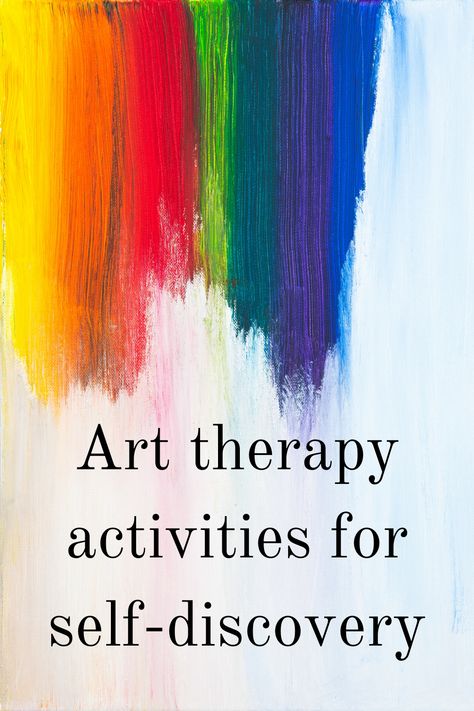 0%) surveyed reported that their clients were experiencing anxiety due to isolation during the Coronavirus pandemic, and two in three (62.7%) said that their clients raised these concerns frequently. In addition, clients were particularly worried about their existing medical illnesses or those of their loved ones: four in five (80.7%) art therapists reported it was discussed in sessions.
0%) surveyed reported that their clients were experiencing anxiety due to isolation during the Coronavirus pandemic, and two in three (62.7%) said that their clients raised these concerns frequently. In addition, clients were particularly worried about their existing medical illnesses or those of their loved ones: four in five (80.7%) art therapists reported it was discussed in sessions.
Art Therapy is Uniquely Suited to Support Mental Health, According to Art Therapists
We would like to highlight a handful of comments shared by survey takers about their own profession. Please find additional comments in the Appendix of the Coronavirus pandemic survey findings report.
“Corona on My Mind” by Michele D. Rattigan, MA, ATR-BC, NCC, LPC, Clinical Associate Professor, Drexel University College of Nursing & Health Professions, Art Therapy & Counseling Graduate Program.
“The piece started as a doodle that morphed into an exploration of dualities: inside/outside, micro/macro, and individual/collective concerns regarding the pandemic and how our lives will forever be changed. There’s a lot on my mind. Corona is on my mind.”
There’s a lot on my mind. Corona is on my mind.”
“When dealing with new situations we have to create new responses, whether this is around finding solutions or creating new ways to synthesize our experience. This notion of creativity is at the core of art therapy ethos. For many there are no words that can encapsulate their experience at the minute, so being given the chance to make and create around this new experience not only helps to gain an emotional understanding of what is happening, but also returns power to the maker.”
“Most people are experiencing a collective trauma/loss of normal at this point during the pandemic. To process a trauma effectively, a “bottom up” neurological approach is most effective. The higher cognitive processes of the brain don’t function as well during a trauma. Art therapy and other creative arts lend themselves to expressing, incorporating, and then fully processing the material to heal.”
“Art therapy is perhaps more accessible to clients as it can help to focus and process feelings which one cannot put into words. Sometimes the creative process can help distance oneself from overwhelming thoughts and emotions which appear and dominate the thought process. Art making is affordable and sometimes, extremely enjoyable. It can offer moments of relaxation and can offer a safe place to imagine and consider positive alternatives to the very negative Coronavirus time that we are all having.”
Sometimes the creative process can help distance oneself from overwhelming thoughts and emotions which appear and dominate the thought process. Art making is affordable and sometimes, extremely enjoyable. It can offer moments of relaxation and can offer a safe place to imagine and consider positive alternatives to the very negative Coronavirus time that we are all having.”
“Using the art media to give voice to thoughts and feelings is especially helpful at this time, when so many feelings arise due to the unpredictability of our world currently. Art offers a safe arena for exploring feelings, expressing them, working on self-regulation, providing soothing moments through the physical relationship with the art materials, and it also aids with insight—which then leads to post-traumatic growth.”
“Art therapy is a non-threatening way to treat trauma since it works on a pre-verbal level; art making can alleviate symptoms of digital overload through focusing on a specific task using one’s hands.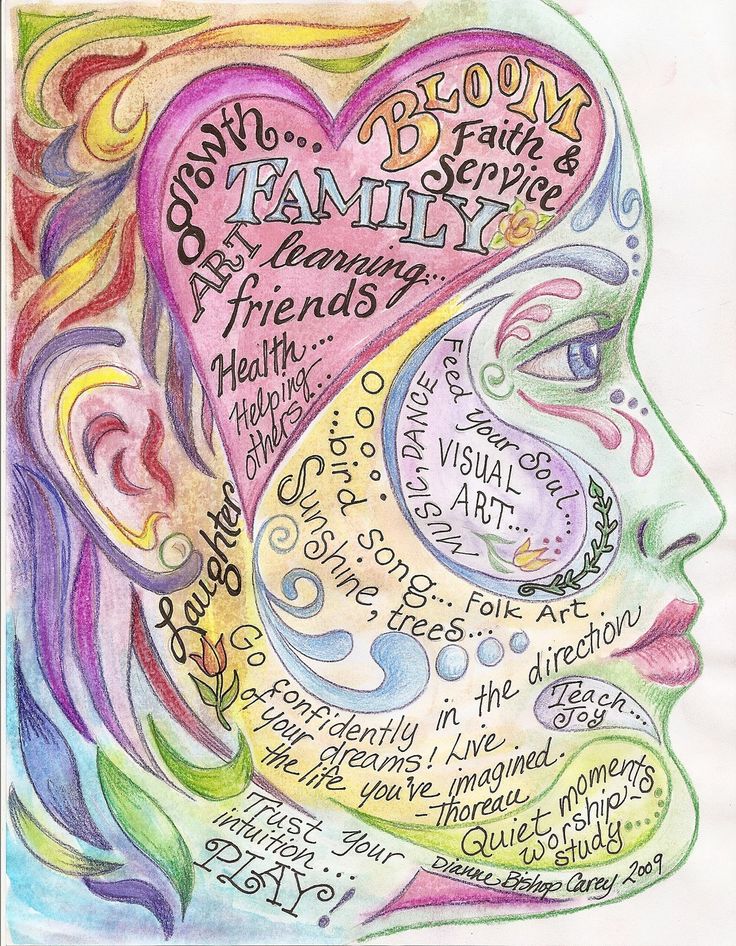 ”
”
“Art therapy can often express abstract ideas. In this time of uncertainty, little if any structure, loss of the familiar, isolation, art therapy can empower expression of this and other related issues that may be difficult to verbalize.”
“Pictures are worth a thousand words. While my talk therapy colleagues are continuing to process with patients on their issues, art therapy counteracts as a safe place for them to vent and unload issues that talking doesn’t cover. On the other hand, art therapy was a great place for my patients to stop verbalizing issues that are very hard to keep talking about. Hands-on directives are a great way to release, redirect my patients from negativity and feel successful which is positive. Art therapy is one of the highest rating treatments on patient satisfaction surveys at my facility.”
“Frequently words are difficult to express the amount of deep effects and grief people are experiencing during the current confinement. Art is a way to discharge unprecedented levels of chaotic feelings and reduce anxiety around the sense of helplessness.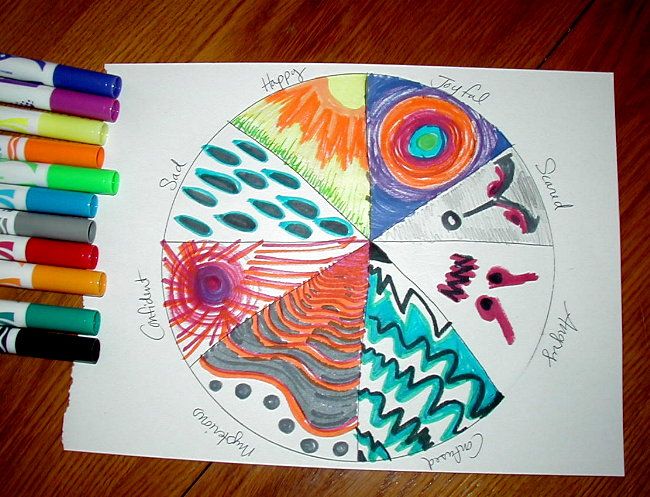 ”
”
623 art therapy professionals, students and educators participated in the online survey in May 2020. Download the complete report: “Art Therapy During A Mental Health Crisis: Coronavirus Pandemic Impact Report.”
BACK TO THE MAIN BLOG
Number Of Art Therapy Specialists In The US
Research Summary. Using a database of 30 million profiles, Zippia estimates demographics and statistics for art therapy specialists in the United States. Our estimates are verified against BLS, Census, and current job openings data for accuracy. After extensive research and analysis, Zippia's data science team found that:
- There are over 4,799 art therapy specialists currently employed in the United States.
- 82.5% of all art therapy specialists are women, while 17.5% are men.
- The average age of an employed art therapy specialist is 44 years old.
- The most common ethnicity of art therapy specialists is White (67.
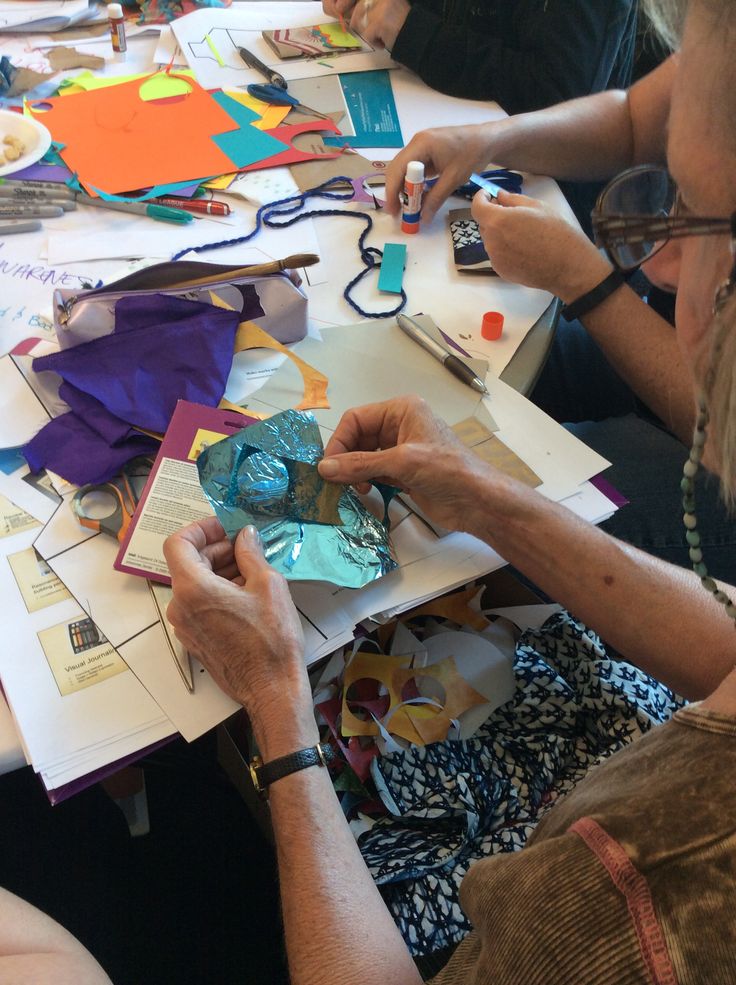 0%), followed by Black or African American (12.9%), Hispanic or Latino (12.2%) and Asian (6.5%).
0%), followed by Black or African American (12.9%), Hispanic or Latino (12.2%) and Asian (6.5%). - Art therapy specialists are most in-demand in New York, NY.
- Los Angeles, CA pays an annual average wage of $55,021, the highest in the US.
- In 2021, women earned 94% of what men earned.
- New Hampshire is the best state for art therapy specialists to live.
- Art therapy specialists are 44% more likely to work at private companies in comparison to education companies.
Art Therapy Specialist Statistics By Gender
82.5% of art therapy specialists are women and 17.5% of art therapy specialists are men.
- Female, 82.5%
- Male, 17.5%
Art Therapy Specialists By Gender
| Gender | Percentages |
|---|---|
| Female | 82.5% |
| Male | 17.5% |
Gender Pay Gap For Art Therapy Specialist
Women Earn 94¢ For Every $1 Earned By Men
Male Income
$49,674
Female Income
$46,851
Art Therapy Specialist Gender Over Time
This data shows how men and women predominate in the art therapy specialist position over time.
Female
Art Therapy Specialist Gender By Year
| Year | Male | Female |
|---|---|---|
| 2010 | 28.17% | 71.83% |
| 2011 | 32.23% | 67.77% |
| 2012 | 23.45% | 76.55% |
| 2013 | 21.12% | 78.88% |
| 2014 | 18.24% | 81.76% |
| 2015 | 28.25% | 71.75% |
| 2016 | 20.06% | 79.94% |
| 2017 | 24.31% | 75.69% |
| 2018 | 24.78% | 75.22% |
| 2019 | 20.06% | 79.94% |
Art Therapy Specialist Male to Female Ratio
We compared this job title with other job titles to see how gender percentages varied. As you can see, flight surgeon and optometrist, owner have the biggest difference in gender.
| Job Title | Male | Female |
|---|---|---|
| Staff Nurse Midwife | 2% | 98% |
| Perinatal Nurse | 3% | 97% |
| Therapeutic Dietitian | 3% | 97% |
| Art Therapy Specialist | 17% | 83% |
| Radiology Resident | 75% | 25% |
| Optometrist, Owner | 76% | 24% |
| Flight Surgeon | 82% | 18% |
Flight Surgeon
Optometrist, Owner
Radiology Resident
Art Therapy Specialist
Therapeutic Dietitian
Perinatal Nurse
Staff Nurse Midwife
Art Therapy Specialist Statistics By Race
The most common ethnicity among art therapy specialists is White, which makes up 67.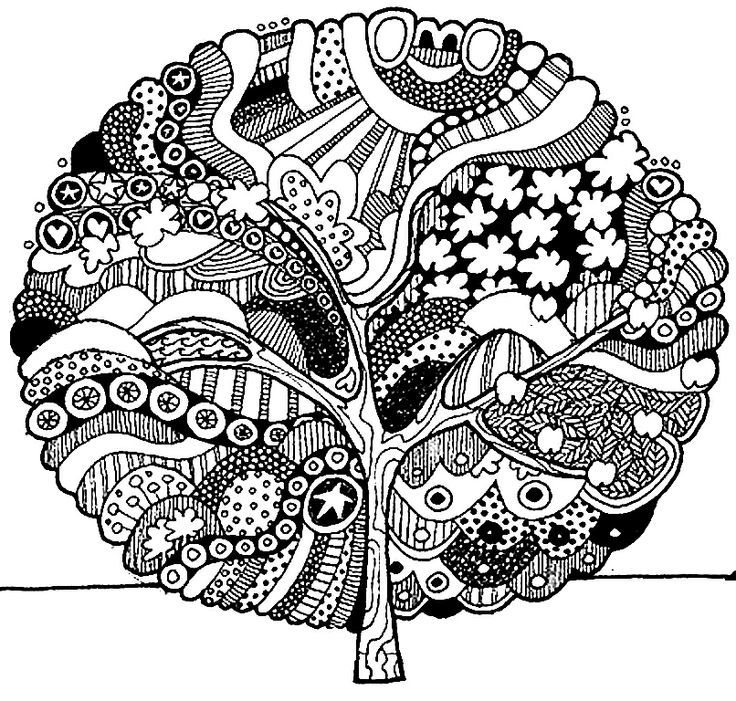 0% of all art therapy specialists. Comparatively, there are 12.9% of the Black or African American ethnicity and 12.2% of the Hispanic or Latino ethnicity.
0% of all art therapy specialists. Comparatively, there are 12.9% of the Black or African American ethnicity and 12.2% of the Hispanic or Latino ethnicity.
- White, 67.0%
- Black or African American, 12.9%
- Hispanic or Latino, 12.2%
- Asian, 6.5%
- American Indian and Alaska Native, 0.9%
- Unknown, 0.5%
Art Therapy Specialist Race
| Art Therapy Specialist Race | Percentages |
|---|---|
| White | 67.0% |
| Black or African American | 12.9% |
| Hispanic or Latino | 12.2% |
| Asian | 6.5% |
| American Indian and Alaska Native | 0.9% |
| Unknown | 0.5% |
Art Therapy Specialist Race And Ethnicity Over Time
Using the Census Bureau data, we found out how the percentage of each ethnic category trended between 2010-2019 among art therapy specialists.
- White
- Asian
- Hispanic or Latino
- Black or African American
Art Therapy Specialist Race By Year
| Year | White | Black or African American | Asian | Hispanic or Latino |
|---|---|---|---|---|
| 2010 | 70.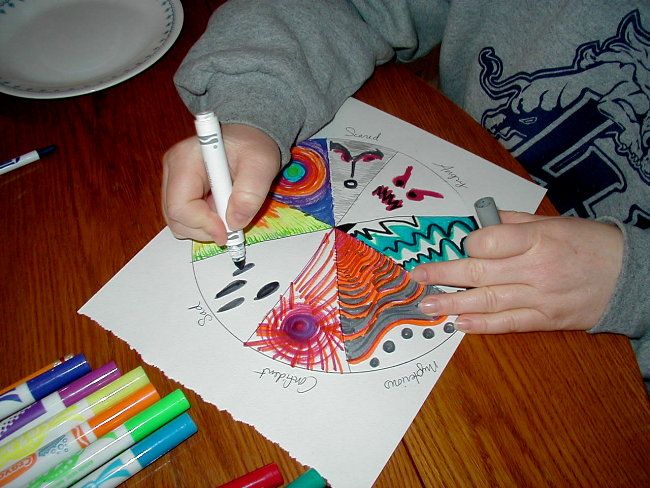 97% 97% | 13.21% | 3.83% | 9.45% |
| 2011 | 72.99% | 12.58% | 4.16% | 8.00% |
| 2012 | 73.83% | 9.96% | 4.52% | 10.03% |
| 2013 | 74.06% | 9.91% | 3.71% | 10.00% |
| 2014 | 67.14% | 11.16% | 7.22% | 12.96% |
| 2015 | 67.09% | 12.03% | 3.01% | 13.64% |
| 2016 | 71.17% | 13.14% | 5.92% | 7.09% |
| 2017 | 71.10% | 9.43% | 5.66% | 11.89% |
| 2018 | 67.43% | 15.04% | 6.14% | 8.59% |
| 2019 | 67.00% | 12.87% | 6.51% | 12.23% |
Browse Most In Demand Jobs
Physical Therapist Jobs
ResumeLocation
In Home Therapist Jobs
Resume
Occupational Therapist Jobs
ResumeLocation
Pharmacist Technician Jobs
ResumeLocation
Registered Nurse In The ICU Jobs
Resume
Speech Language Pathologist Jobs
ResumeLocation
Physician Assistant Jobs
ResumeLocation
Medical Technologist Jobs
ResumeLocation
Veterinary Technician Jobs
ResumeLocation
Registered Health Nurse Jobs
ResumeLocation
Art Therapy Specialist Age Breakdown
This chart breaks down the ages of art therapy specialist employees.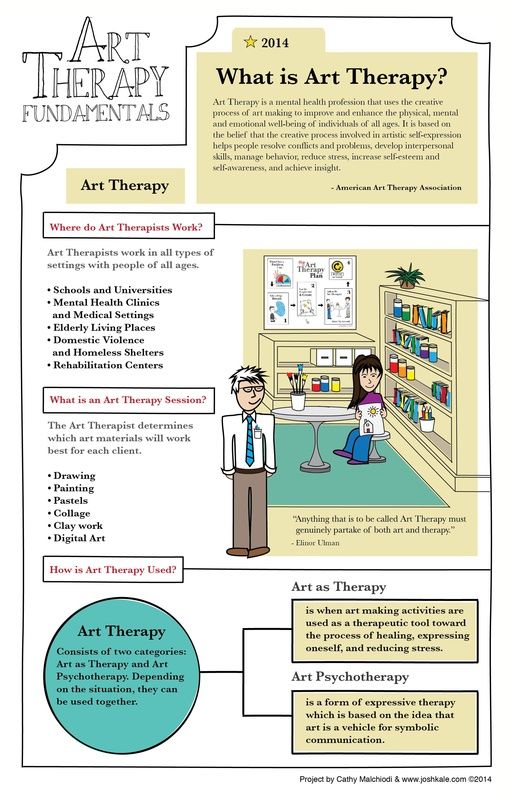 Interestingly enough, the average age of art therapy specialists is 40+ years old, which represents 59% of the population.
Interestingly enough, the average age of art therapy specialists is 40+ years old, which represents 59% of the population.
40+ years
30-40 years
20-30 years
0%
20%
40%
60%
80%
100%
Art Therapy Specialist Age
| Art Therapy Specialist Years | Percentages |
|---|---|
| 40+ years | 59% |
| 30-40 years | 19% |
| 20-30 years | 22% |
Types of Art Therapy Specialist Degree Levels
The most common degree for art therapy specialists is bachelor's degree 59% of art therapy specialists earn that degree. A close second is master's degree with 33% and rounding it off is associate degree with 5%.
- Bachelors, 59%
- Masters, 33%
- Associate, 5%
- High School Diploma, 2%
- Other Degrees, 1%
Art Therapy Specialists By Education
| Art Therapy Specialist Degree | Percentages |
|---|---|
| Bachelors | 59% |
| Masters | 33% |
| Associate | 5% |
| High School Diploma | 2% |
| Other Degrees | 1% |
Art Therapy Specialist Jobs You Might Like
Art Therapy Specialist Wage Gap By Education
Art therapy specialists with a Bachelors degree earn more than those without, at $46,851 annually.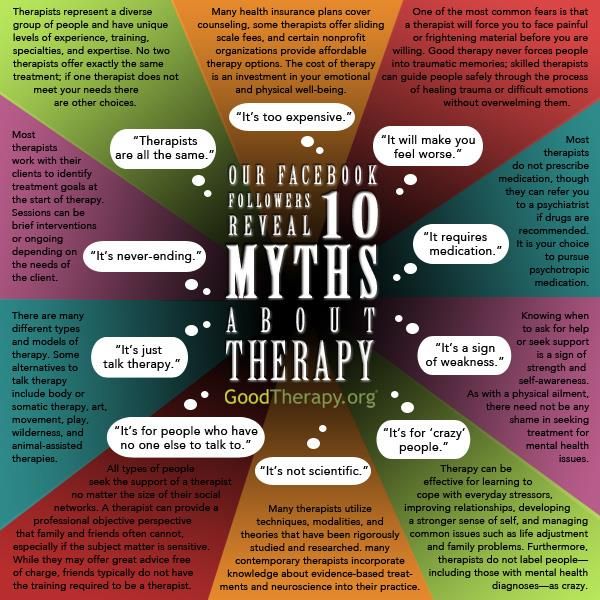 With a High School Diploma degree, art therapy specialists earn a median annual income of $37,490 compared to $37,381 for art therapy specialists with an Associate degree.
With a High School Diploma degree, art therapy specialists earn a median annual income of $37,490 compared to $37,381 for art therapy specialists with an Associate degree. $48,000
$46,000
$44,000
$42,000
$40,000
$38,000
$36,000
High School Diploma or Less
Bachelor's Degree
Some College/ Associate Degree
| Education | Salary |
|---|---|
| High School Diploma or Less | $37,490 |
| Bachelor's Degree | $46,851 |
| Some College/ Associate Degree | $37,381 |
Art Therapy Specialist Employment Statistics
This section highlights information about where art therapy specialists work. We found most art therapy specialists work for a private company. In addition, the industry that employs the most art therapy specialists is the health care industry.
Company Size
We created this chart to show you the average size of companies that typically hire art therapy specialists.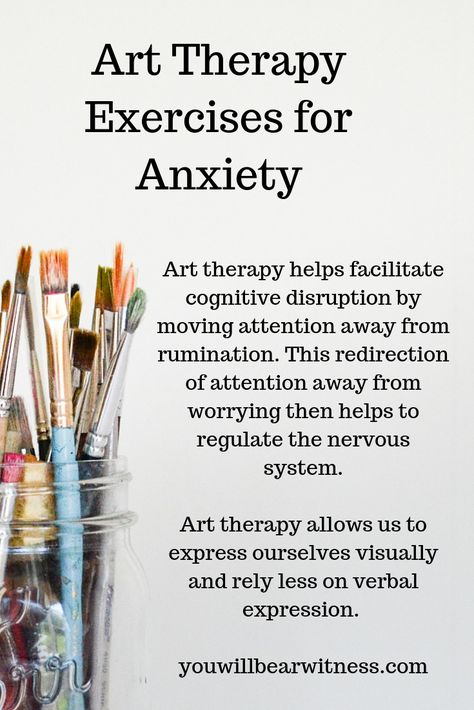
< 50 employees
50 - 100 employees
100 - 500 employees
500 - 1,000 employees
1,000 - 10,000 employees
> 10,000
0%
20%
40%
60%
80%
100%
Art Therapy Specialist Jobs By Employer Size
| Company Size | Percentages |
|---|---|
| < 50 employees | 5% |
| 50 - 100 employees | 2% |
| 100 - 500 employees | 20% |
| 500 - 1,000 employees | 23% |
| 1,000 - 10,000 employees | 44% |
| > 10,000 employees | 6% |
The Types Of Companies Art Therapy Specialist Work In
Employees with the art therapy specialist job title have their preferences when it comes to working for a company. For instance, most art therapy specialists prefer to work at private companies over education companies.
Education
Public
Private
Government
0%
20%
40%
60%
80%
100%
Art Therapy Specialist Jobs By Sector
| Company Type | Percentages |
|---|---|
| Education | 26% |
| Public | 18% |
| Private | 44% |
| Government | 12% |
Top Industries Hiring Art Therapy Specialists
Just based on the number of employees within each industry, we were able to determine the most common industries that employ art therapy specialists.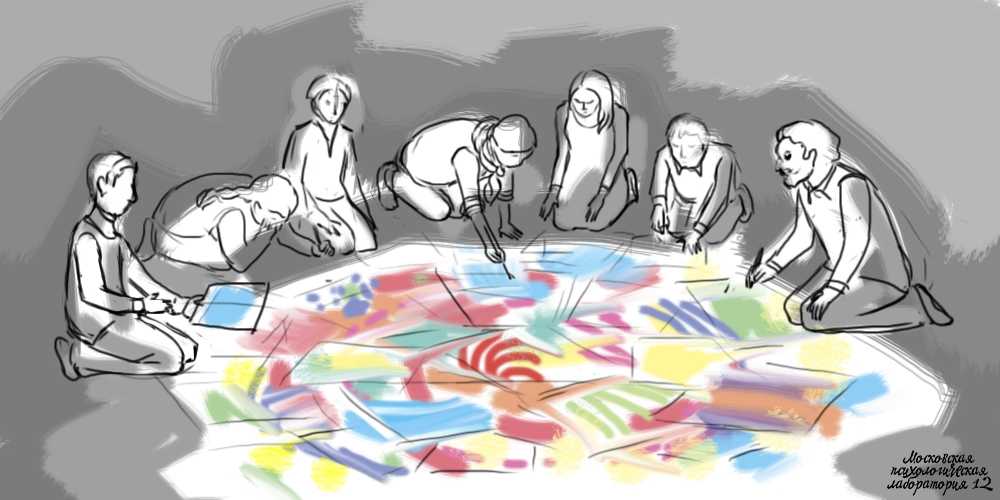 Those industries include health care, non profits and education.
Those industries include health care, non profits and education.
Health Care
Non Profits
Education
Professional
Retail
Show More
0%
20%
40%
60%
80%
100%
Art Therapy Specialist Industry Statistics
| Industry | Percentages |
|---|---|
| Health Care | 36% |
| Non Profits | 22% |
| Education | 12% |
| Professional | 6% |
| Retail | 5% |
| Government | 3% |
| Pharmaceutical | 2% |
| Transportation | 2% |
| Finance | 2% |
| Fortune 500 | 2% |
| Hospitality | 2% |
| Insurance | 2% |
| Manufacturing | 1% |
| Utilities | 1% |
| Construction | 1% |
| Internet | 1% |
Art Therapy Specialist Turnover And Employment Statistics
Art Therapy Specialist Unemployment Rate Over Time
The Bureau of Labor Statistics came in clutch when it came down to figuring out how the unemployment rate has changed over time.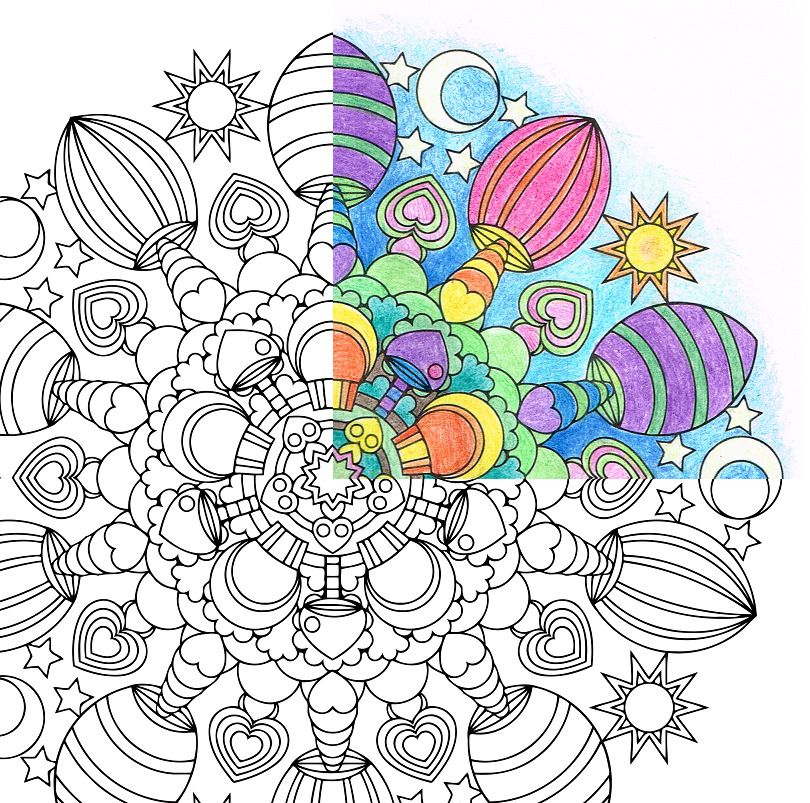 Between 2008 and 2018, this is how the number of art therapy specialists changed.
Between 2008 and 2018, this is how the number of art therapy specialists changed.
- Unemployment rate
Art Therapy Specialist Unemployment Rate By Year
| Year | Art Therapy Specialist Unemployment Rate |
|---|---|
| 2010 | 3.79% |
| 2011 | 5.65% |
| 2012 | 1.90% |
| 2013 | 3.70% |
| 2014 | 3.08% |
| 2015 | 0.98% |
| 2016 | 5.69% |
| 2017 | 2.99% |
| 2018 | 0.81% |
| 2019 | 1.83% |
The Average Number of Years That Art Therapy Specialist Stay in a Job
By looking over 2,733 art therapy specialists resumes, we figured out that the average art therapy specialist enjoys staying at their job for 1-2 years for a percentage of 32%.
Less than one year
1-2 years
3-4 years
5-7 years
8-10 years
11+ years
0%
20%
40%
60%
80%
100%
Art Therapy Specialist Tenure
| Number or Years | Percentages |
|---|---|
| Less than 1 year | 30% |
| 1-2 years | 32% |
| 3-4 years | 11% |
| 5-7 years | 13% |
| 8-10 years | 5% |
| 11+ years | 8% |
Comparing The LGBT Ratio of Art Therapy Specialists with Other Job Titles
After finding the gender ratio, we wondered if the percentages of LGBT persons were different as well.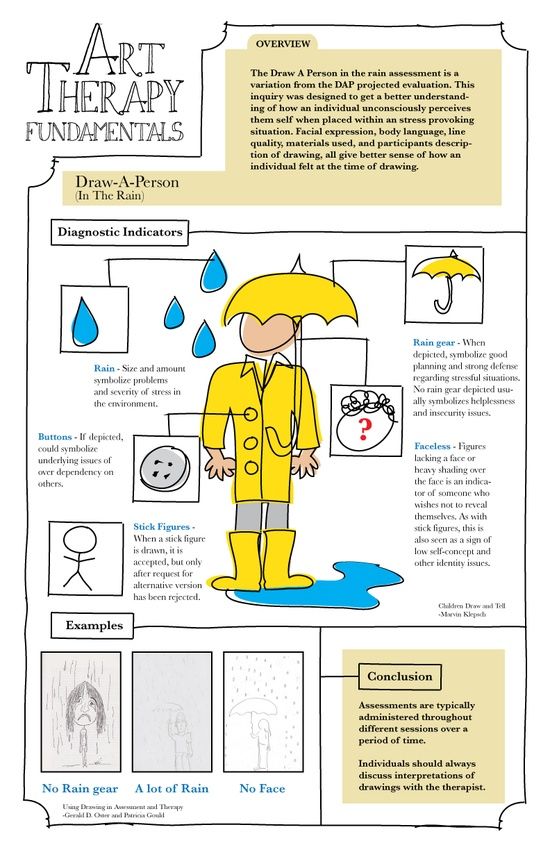 Using the data below, you can see how other job titles compare to art therapy specialists.
Using the data below, you can see how other job titles compare to art therapy specialists.
| Job Title | LGBT | Job Openings |
|---|---|---|
| Apothecary | 5.03% | 12,612 |
| Hospice Registered Nurse | 8.34% | 509,161 |
| Anesthetist | 13.39% | 27,823 |
| Optometrist/Practice Owner | 13.47% | 59,755 |
| County Health Officer | 16.48% | 104,003 |
| Vitreo-Retinal Surgeon | 20.24% | 3,460 |
| Art Therapy Specialist | 26.69% |
Art Therapy Specialist
Vitreo-Retinal Surgeon
County Health Officer
Optometrist/Practice Owner
Anesthetist
Hospice Registered Nurse
Apothecary
0%
7%
13%
20%
27%
33%
Art Therapy Specialist LGBT Demographics
| Profession | Percentages of LGBT | Job Openings |
|---|---|---|
| Apothecary | 5.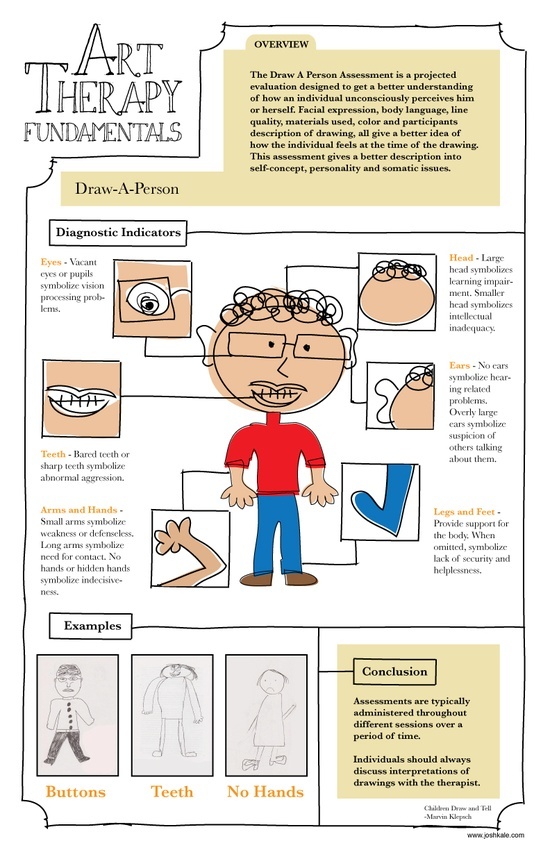 03% 03% | 12,612 |
| Hospice Registered Nurse | 8.34% | 509,161 |
| Anesthetist | 13.39% | 27,823 |
| Optometrist/Practice Owner | 13.47% | 59,755 |
| County Health Officer | 16.48% | 104,003 |
| Vitreo-Retinal Surgeon | 20.24% | 3,460 |
Foreign Languages Spoken By Art Therapy Specialists
The most common foreign language among art therapy specialists is Spanish at 39.1%. The second-most popular foreign language spoken is French at 15.5% and Italian is the third-most popular at 6.4%.
- Spanish, 39.1%
- French, 15.5%
- Italian, 6.4%
- Mandarin, 5.5%
- Chinese, 4.5%
- Other, 29.0%
Art Therapy Specialist Languages Spoken
| Foreign Language | Percentages |
|---|---|
| Spanish | 39.1% |
| French | 15.5% |
| Italian | 6. 4% 4% |
| Mandarin | 5.5% |
| Chinese | 4.5% |
| Other | 29.0% |
Art Therapy Specialist Heatmaps
Where Do Art Therapy Specialists Earn The Most?
Art therapy specialists earn the most in Alaska, where the average art therapy specialist salary is $60,131. The map here shows where art therapy specialists earn the highest salaries in the U.S. The darker areas across the 50 states highlight the highest salaries.
Average Salary
Which State Has The Most Art Therapy Specialists?
By looking through more than 2,733 resumes, we found that the most popular places for art therapy specialists are New York, NY and Chicago, IL.
Number of Art Therapy Specialists
Number Of Art Therapy Specialist Jobs By State
| Rank | State | Number of Jobs | Average Salary |
|---|---|---|---|
| 1 | California | 485 | $55,752 |
| 2 | New York | 394 | $53,079 |
| 3 | Texas | 366 | $44,203 |
| 4 | Florida | 281 | $42,057 |
| 5 | Illinois | 215 | $45,085 |
| 6 | Massachusetts | 206 | $54,303 |
| 7 | New Jersey | 184 | $48,576 |
| 8 | Pennsylvania | 159 | $53,410 |
| 9 | Virginia | 153 | $46,338 |
| 10 | North Carolina | 136 | $41,619 |
| 11 | Indiana | 132 | $39,575 |
| 12 | Washington | 127 | $43,769 |
| 13 | Georgia | 122 | $43,219 |
| 14 | Ohio | 114 | $44,904 |
| 15 | New Hampshire | 103 | $53,971 |
| 16 | Maryland | 100 | $46,249 |
| 17 | Colorado | 95 | $43,006 |
| 18 | Kansas | 94 | $41,980 |
| 19 | Michigan | 93 | $52,021 |
| 20 | Missouri | 91 | $51,253 |
| 21 | Arizona | 90 | $41,114 |
| 22 | Oregon | 89 | $52,312 |
| 23 | Minnesota | 81 | $51,587 |
| 24 | Tennessee | 78 | $44,999 |
| 25 | Louisiana | 71 | $39,706 |
| 26 | South Carolina | 70 | $38,551 |
| 27 | Nebraska | 69 | $53,191 |
| 28 | Connecticut | 66 | $54,465 |
| 29 | Iowa | 66 | $44,716 |
| 30 | Wisconsin | 63 | $41,283 |
| 31 | West Virginia | 55 | $43,894 |
| 32 | Vermont | 50 | $53,380 |
| 33 | Nevada | 50 | $50,796 |
| 34 | Oklahoma | 49 | $45,682 |
| 35 | Kentucky | 48 | $42,098 |
| 36 | New Mexico | 44 | $46,210 |
| 37 | Arkansas | 37 | $43,206 |
| 38 | Mississippi | 29 | $47,940 |
| 39 | Utah | 28 | $52,954 |
| 40 | Alabama | 27 | $43,578 |
| 41 | Idaho | 26 | $40,561 |
| 42 | South Dakota | 24 | $45,180 |
| 43 | Delaware | 22 | $52,119 |
| 44 | District of Columbia | 22 | $50,460 |
| 45 | Maine | 21 | $44,672 |
| 46 | North Dakota | 15 | $55,994 |
| 47 | Hawaii | 13 | $40,991 |
| 48 | Montana | 12 | $45,195 |
| 49 | Alaska | 11 | $60,131 |
| 50 | Wyoming | 9 | $44,866 |
| 51 | Rhode Island | 7 | $54,513 |
Art Therapy Specialist Demographics FAQs
How Many Art Therapy Specialist Are There In The Us?
There are over 4,273 Art Therapy Specialists in the United States.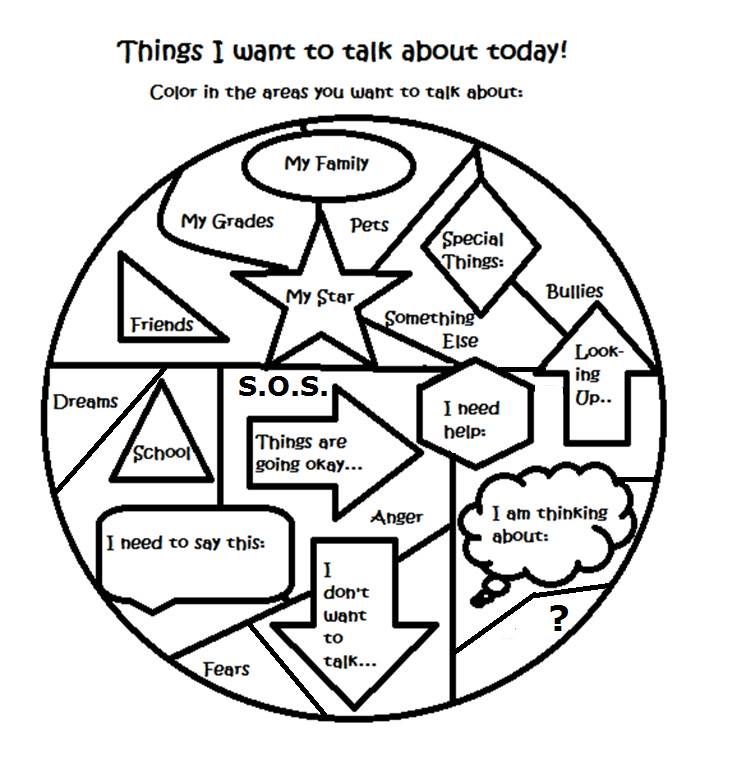
What Percentage Of Art Therapy Specialists Are Black?
12.9% of Art Therapy Specialists are Black or African American
What Race Are Most Art Therapy Specialists?
Most an are White, with 67.0% of Art Therapy Specialists belonging to this ethnicity. 12.9% of Art Therapy Specialists are Black or African American, 12.2% of Art Therapy Specialists are Hispanic or Latino, 6.5% of Art Therapy Specialists are Asian, 0.9% of Art Therapy Specialists are American Indian and Alaska Native, and 0.5% of Art Therapy Specialists are Unknown
Are Art Therapy Specialist Jobs Male - Dominated?
No, Art Therapy Specialist jobs are not male - dominated. 82% of Art Therapy Specialists are female, and 17% are male, so there are more female Art Therapy Specialists than male Art Therapy Specialists in the United States.
How Old Is The Average Art Therapy Specialist?
The average Art Therapy Specialist is 45 years old. 59% of Art Therapy Specialists are 40+ years old or older, 19% are between the ages of 30-40 years, and 22% are between 20-30 years old
Have more questions? See all answers to common healthcare practitioner and technical questions.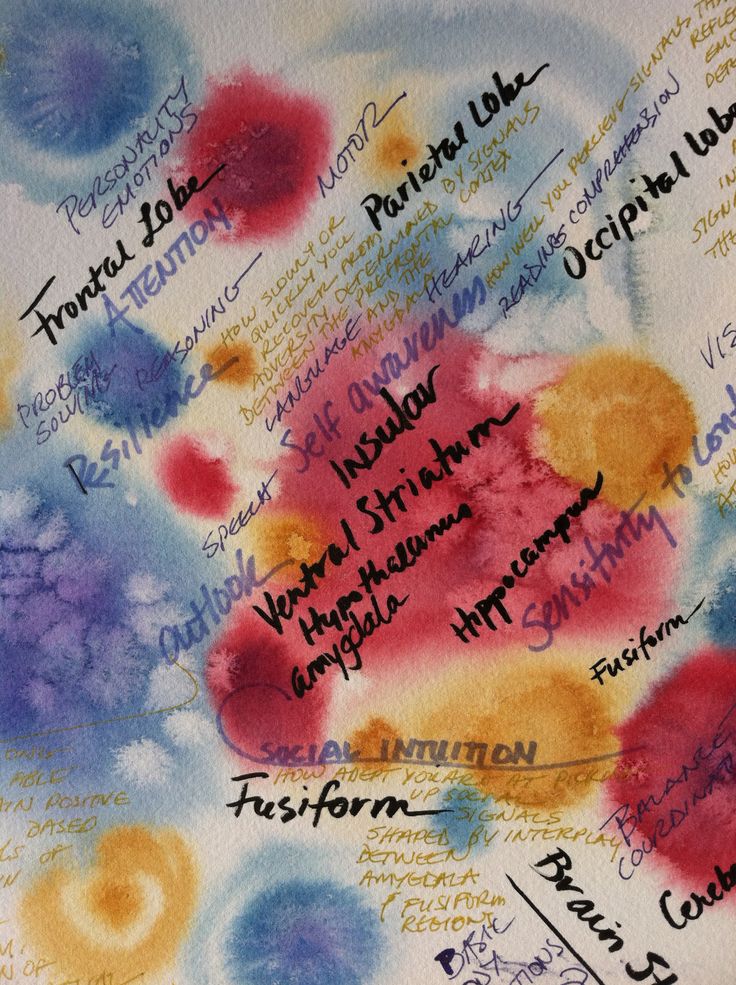
Search For Art Therapy Specialist Jobs
Analysis of the effectiveness of the use of art therapy methods in the psychological correction of fears in children aged 5–9 years
Analysis of the effectiveness of the use of art therapy methods in psychological correction of fears in children aged 5–9 years
Kutashov Vyacheslav Anatolievich, Doctor of Medical Sciences, Professor
Voronezh State Medical University named after N. N. Burdenko
Lapteva Irina Vitalievna, medical psychologist nine0003
BUZ VO VGB No. 16 (Voronezh)
Timely psychological correction of children's fears is an important link in the prevention of affective disorders in children that affect the mental development of the child, and contributes to the harmonization of the psycho-emotional state on the way to overcome age-related predisposition to the occurrence of phobic disorders.
Keywords: children's fears, psychological correction, art therapy, isotherapy, fairy tale therapy. nine0022
Relevance. The use of art therapy methods (such as isotherapy and fairy tale therapy) in overcoming fears by children in a children's clinic is the most accessible and adequate tool for helping children of preschool and primary school age, since it does not require a lot of expenses and due to age characteristics (magical perception of reality and craving for drawing) allows, in short-term therapy, to achieve harmonization of the child’s state in 2–10 sessions, depending on individual characteristics and the degree of trauma by a frightening situation, thereby preventing further neuroticization of the child and opening up his emotional resources for future growing up. nine0003
When evaluating the effectiveness of the use of art therapy methods, the task of identifying the most effective method was not set, since in most cases art therapy methods were used in an integrated approach (with elements of fairy tale therapy, play and isotherapy).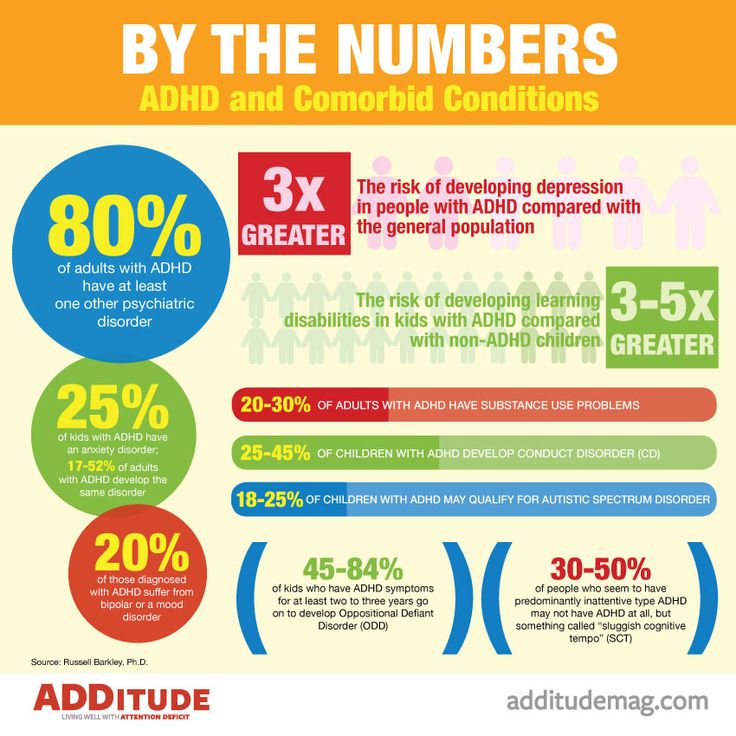 The purpose of this study was to study the effectiveness of art therapy in the short-term psychological correction of children's fears.
The purpose of this study was to study the effectiveness of art therapy in the short-term psychological correction of children's fears.
Material and research methods. The study was conducted in Voronezh in 2014-2015. The basis of the empirical study was the children's polyclinic 7 (BUZ GO Voronezh city hospital 16). nine0003
The study included 60 polyclinic patients aged 5–9 years (35 girls and 25 boys) who were not registered with the dispensary and did not have a aggravated neuropsychiatric anamnesis.
For psychodiagnostics, the following methods were used:
- Conversation with parents and the child and observation of him.
- Drawing projective techniques "Non-existent animal", "My fears", "My family".
- Ch. D. Spielberger's scale of reactive and personal anxiety. nine0050
- Luscher color test.
Psychological correction program
Before starting work: acquaintance, conversation, establishing contact, psychological diagnostics.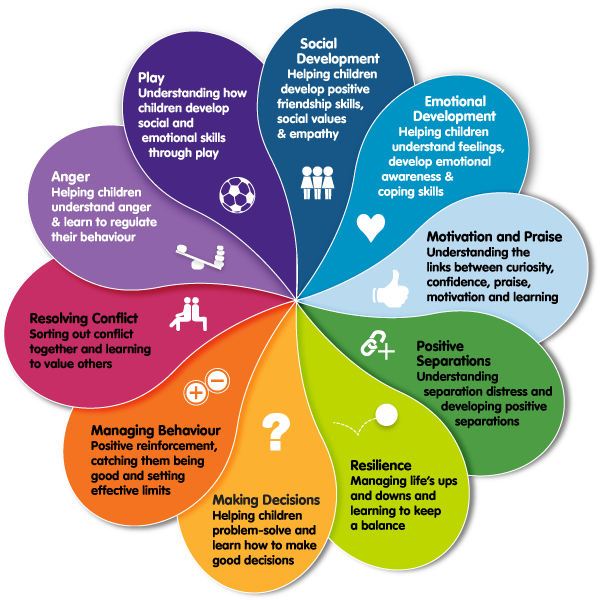
Next: psycho-corrective classes, an average of 2-10. Repeated psychodiagnostics.
The goals of psychological correction:
- Harmonization of the psycho-emotional state of the child
- Getting rid of fear, reducing the overall level of anxiety as a result of art therapy response. nine0050
Fear is one of the basic emotions. In K. Izard's theory of differential emotions, fear is a basic emotion, which is "an innate emotional process with a genetically predetermined physiological component, a strictly defined mimic manifestation and a specific subjective experience".
Fear is an affective (emotionally sharpened) reflection in the mind of a person of a specific threat to his life and well-being. This emotion is different from anxiety, which is an emotionally heightened sense of impending danger. An emotionally dysfunctional child, depending on the mental structure of the personality, life experience, relationships with parents and peers, may experience both anxiety and fear.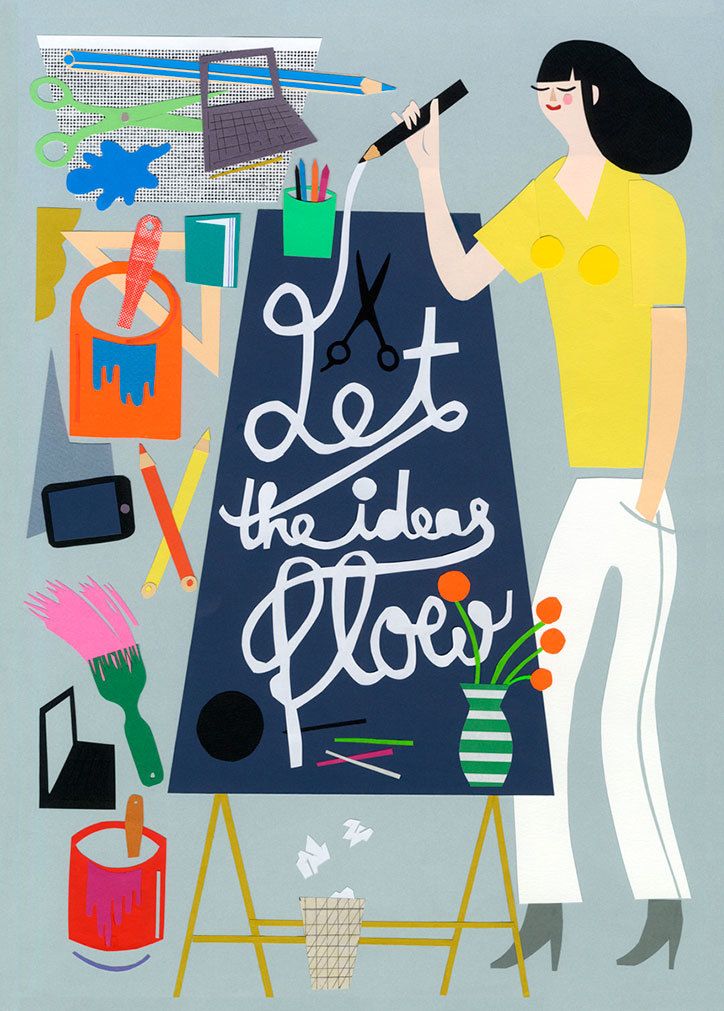 The state of unconscious, indefinite anxiety gives rise to anxiety, and the fear of certain objects or thoughts - a feeling of fear. The experience of fear is accompanied by an overstrain of the psychophysiological functions of the body: the child is lost, cannot answer simple questions, his voice trembles, his palms sweat, he may experience discomfort in the heart area, a feeling of a "lump in the throat", show excessive or, conversely, deficient activity, falling into a state of stupor. nine0003
The state of unconscious, indefinite anxiety gives rise to anxiety, and the fear of certain objects or thoughts - a feeling of fear. The experience of fear is accompanied by an overstrain of the psychophysiological functions of the body: the child is lost, cannot answer simple questions, his voice trembles, his palms sweat, he may experience discomfort in the heart area, a feeling of a "lump in the throat", show excessive or, conversely, deficient activity, falling into a state of stupor. nine0003
There are two types of fears: age-related and neurotic.
- Age-related fears associated with the awareness of the finiteness of life can normally be experienced by all children. In this case, they are temporary and usually disappear in the presence of a convincing rationalization. An increased appearance of age-related fears is noted in hypersensitive, emotionally labile, sensitive children as a reflection of the characteristics of their mental and personal development.
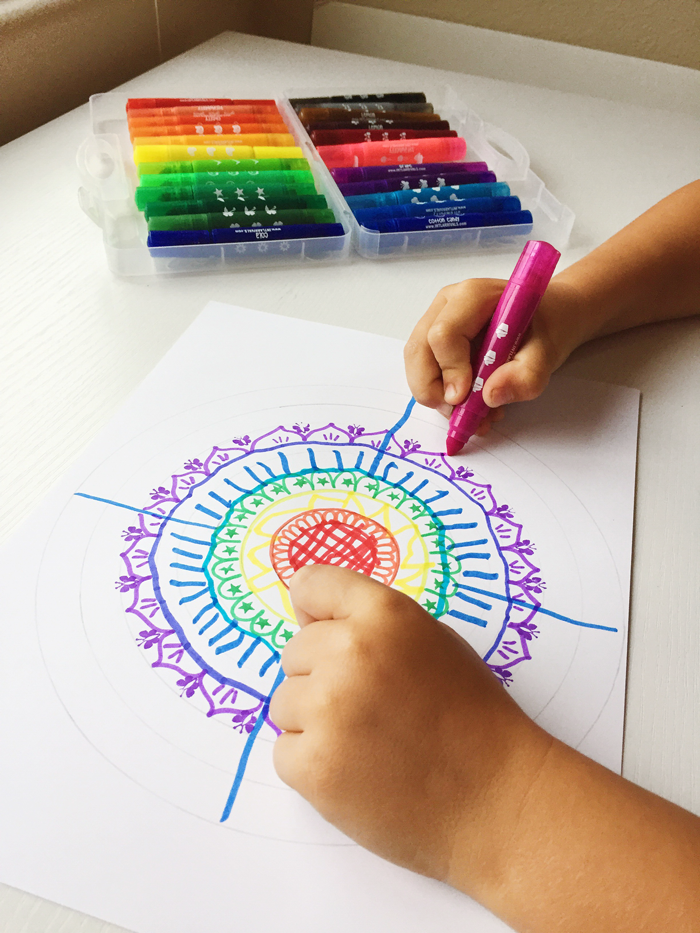
M. V. Kiseleva identifies the following factors for the emergence of age-related fears: nine0003
1) The presence of fears in parents,
2) Anxiety in a relationship with a child,
3) Hyper-custody or, conversely, lack of parental control,
4) Isolation from communication with peers,
5) Repeated unrealizable threats of all adults in the family,
6) Conflict relations between parents,
7) Incomplete family,
8) Mental trauma such as fright,
9) Psychological infection with fears in the process of communicating with peers and adults. nine0003
- Neurotic fears are characterized by greater emotional intensity and tension, a long course or persistence, an adverse effect on the formation of character and personality, interconnection with other neurotic disorders and experiences, avoidance of the object of fear, everything new and unknown, difficulty in correction, since neurotic fears are the result of long-term and unresolved feelings.
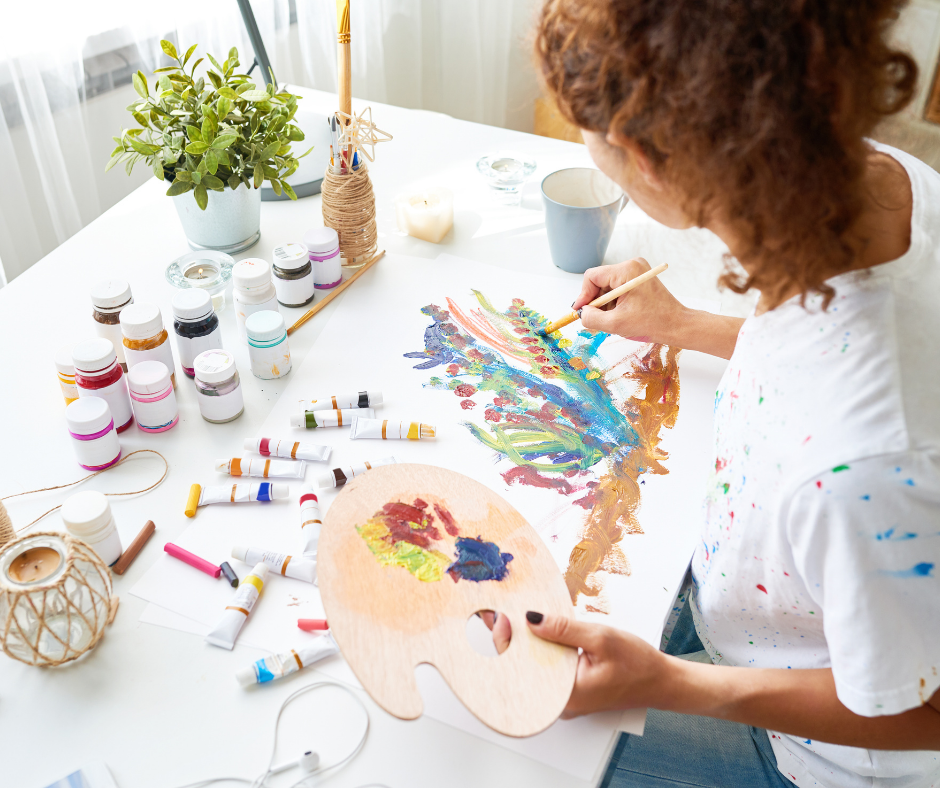 Neurotic fears are most often subject to emotionally sensitive children who experience difficulties in relations with their parents, in whom their self-image and self-esteem are greatly distorted due to experiences associated with conflicts in the family. These children cannot rely on adults as a source of security, authority and love (V. Okdender). nine0050
Neurotic fears are most often subject to emotionally sensitive children who experience difficulties in relations with their parents, in whom their self-image and self-esteem are greatly distorted due to experiences associated with conflicts in the family. These children cannot rely on adults as a source of security, authority and love (V. Okdender). nine0050
Art therapy is a method of psychotherapy in which artistic techniques and creativity are used for treatment and psychocorrection (drawing, modeling, creating fairy tales, stories, etc.). The term itself was introduced by Adrian Hill in 1938. Art therapy techniques were based on the idea of Z Freud that the inner self of a person manifests itself in a visual form whenever he spontaneously creates, as well as Jung's thoughts about personal and universal symbols. Within the framework of this approach, two directions are developed. Supporters of one (E. Kramer) consider art as a self-sufficient therapeutic tool. Supporters of the other (M.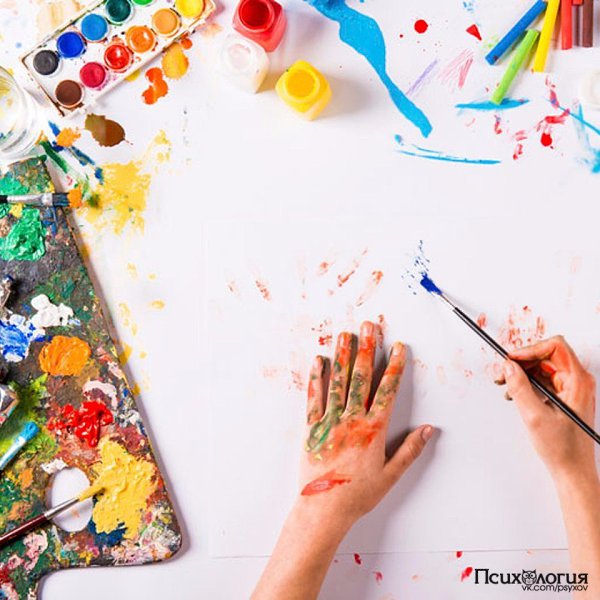 Naumburg) believe that over time, the methods of art therapy will be both an independent therapeutic technique and an auxiliary tool for traditional approaches. At the same time, both directions consider fine art as a means to help in the integration and disclosure of personality. nine0003
Naumburg) believe that over time, the methods of art therapy will be both an independent therapeutic technique and an auxiliary tool for traditional approaches. At the same time, both directions consider fine art as a means to help in the integration and disclosure of personality. nine0003
The method of art therapy - isotherapy (drawing) - is a creative act that allows children to feel the joy of accomplishment, freely express their feelings, attitude to reality.
A. A. Osipova identified the main stages of isotherapy:
- Preliminary indicative stage: the child's study of the situation, visual materials,
- Choosing a drawing topic
- Search for an adequate form of expression,
- Resolution of a conflict-traumatic situation in a symbolic form. nine0050
When analyzing a drawing, it is important to take into account how the emotional experiences of the child are transmitted using artistic means (color, shape, size).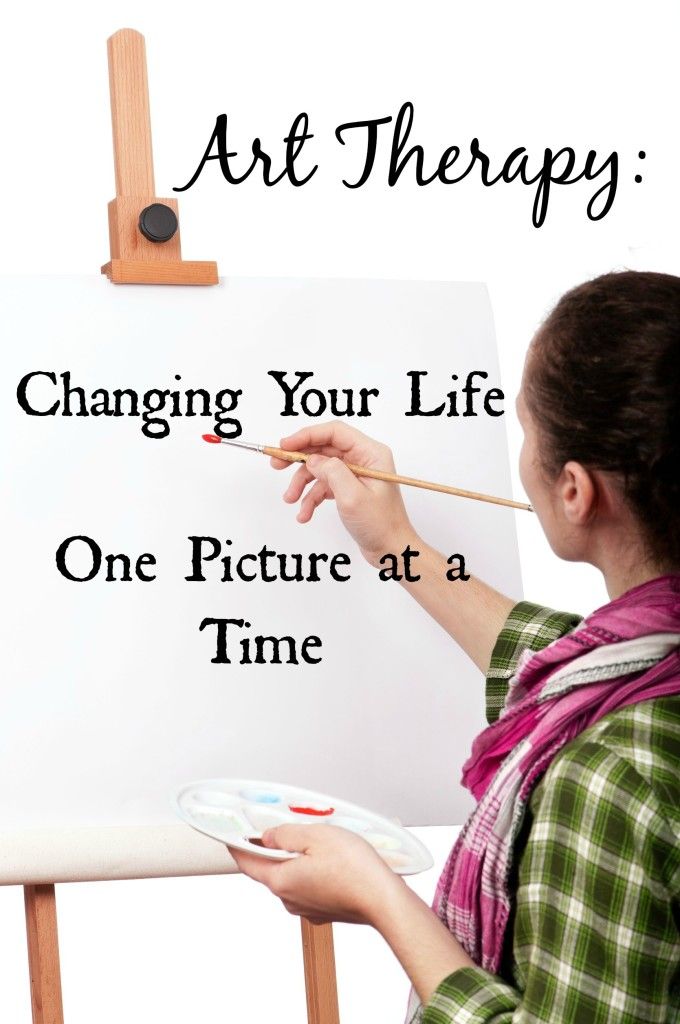
Another method of correcting children's fears is fairy tale therapy - "a method that uses a fairy tale form to integrate the personality, develop creative abilities, expand consciousness, and improve interactions with the outside world."
The following corrective functions of the fairy tale are distinguished: psychological preparation for intense emotional situations, symbolic response to physiological and emotional stresses, acceptance of one's physical activity in a symbolic form. nine0003
Fairy tales describe the deep human experience of going through emotional crises and overcoming fears, which makes it possible to cope with psychotraumatic situations.
Research results. According to the results of this study, aimed at studying the effectiveness of art therapy in the short-term psychocorrection of children's fears, the following results were obtained:
In 70 percent of all cases, psychocorrective measures brought positive dynamics and getting rid of the disturbing context in 2-4 sessions. The children's psycho-emotional state improved, sleep improved, and the overall level of anxiety decreased. During the follow-up period of 1–2 years, there were no repeated requests with any complaints. nine0003
The children's psycho-emotional state improved, sleep improved, and the overall level of anxiety decreased. During the follow-up period of 1–2 years, there were no repeated requests with any complaints. nine0003
In 20 percent of all cases (with a predominance of girls in the sample by about 2 times), a longer psychocorrection was required, up to 10 sessions, with repeated response to the disturbing context. In most cases, these were situations caused by recent events, that is, of an acute nature.
Approximately 10 percent more of the cases fell under the characteristics of severe, neurotic, situation-induced distress, disorders caused by a dysfunctional family situation and a violation of the parent-child relationship. In this case, the focus of therapy shifted to work with destructive parental attitudes. nine0003
In general, the results of the study can be assessed as positive and confirming the effectiveness of art therapy techniques in the work of a psychologist with children's fears in short-term psychocorrection.
Pins:
As a result of the study, the effectiveness of art therapy in short-term psychocorrectional work with children's fears was confirmed. It is necessary to further study the complex impact of various methods for compiling a universal psycho-corrective program suitable for the vast majority of children, taking into account their age characteristics. nine0003
Literature:
- Kiseleva M. V. The work of a psychologist with children. SPb., 2008.
- Osorina M. V. The secret world of children in the space of the world of adults. SPb., 2009.
- Modern child. Encyclopedia of Mutual Understanding / Ed. A. Ya. Varga. M., 2006.
- Khukhlaeva O. V., Khukhlaev O. E. Labyrinths of a child's soul. Therapeutic story. M., 2008.
- Khabarova T. Yu., Kutashov V. A. Experience in the use of phototherapy in the individual work of a psychologist, psychotherapist // Scientific and Medical Bulletin of the Central Chernozem Region.
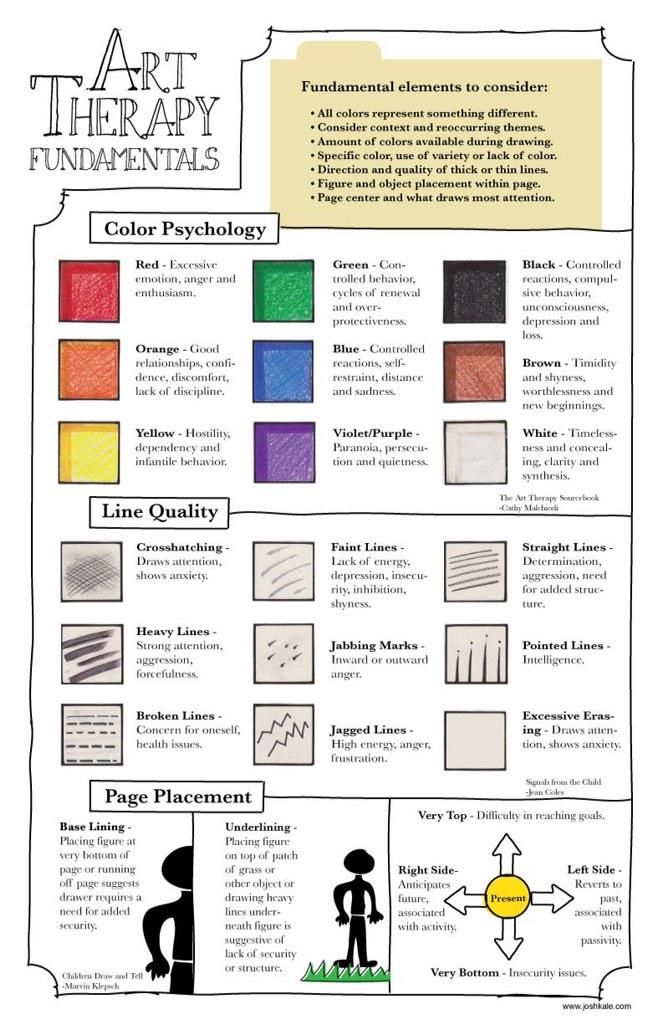 2015. No. 59.WITH. 60–66.
2015. No. 59.WITH. 60–66. - Khabarova T.Yu. Psychological aspect of the implementation of health-saving technologies in educational institutions // Actual approaches to health-saving and innovative activities of educational institutions: materials of the All-Russian Scientific and Practical Conference (VOIPKiPRO, February 29, 2012) - Voronezh: - VOIPKiPRO, 2012 .- P. 30–33 .
- Khabarova T.Yu. The use of art therapy in the treatment of depressive and dependent patients // Young scientist. - 2015. - No. 4. - S. 107–111. nine0050
- Khabarova T.Yu. Analysis of modern systemic correction of depressive disorders in psychosomatic medicine //T.Yu.Khabarova//Young scientist.—2015.—No. 6.—P.305–308.
- Khabarova T. Yu., Kutashov V. A., Shcherbak E. A. Depressive states in adolescents with hyperkinetic disorders // Young scientist. - 2015. - No. 14. - P. 66–69.
- Khabarova T. Yu. Historical and methodological foundations for the development of creativity of younger schoolchildren by means of family traditions // Bulletin of the Tambov University.
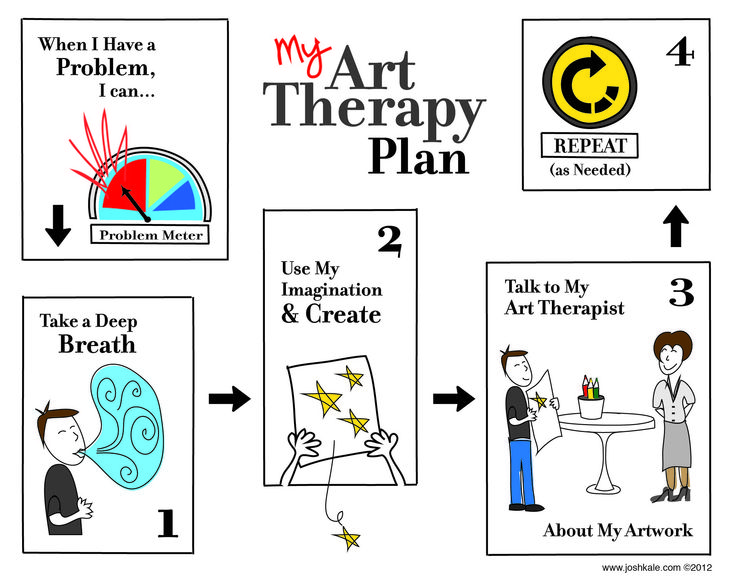 Series: Humanities.2010. No. 8 (88). pp. 112–116. nine0050
Series: Humanities.2010. No. 8 (88). pp. 112–116. nine0050
Basic terms (automatically generated) : fear, child, disturbing context, voronezh, study of effectiveness, general level of anxiety, overcoming fears, psychological correction, psycho-emotional state, symbolic form.
Psychologist told how art therapy helps to cope with anxiety assistance to the population Olga Mamonova. nine0003
Art therapy is a method that helps a person to meet his feelings, accept and carefully experience them. It uses the creative potential of a person - drawing, modeling, music therapy, bibliotherapy, fairy tale therapy and others.
This type of psychological help gives a person strength, returns joy and a sense of fullness of life, because it is based on his creative potential.
In addition, art therapy is great for people who are in a difficult situation for a long time and have exhausted their resources at the level of consciousness. nine0003
"Sometimes it may seem that there is no solution to the problem, because all methods and options have been tried.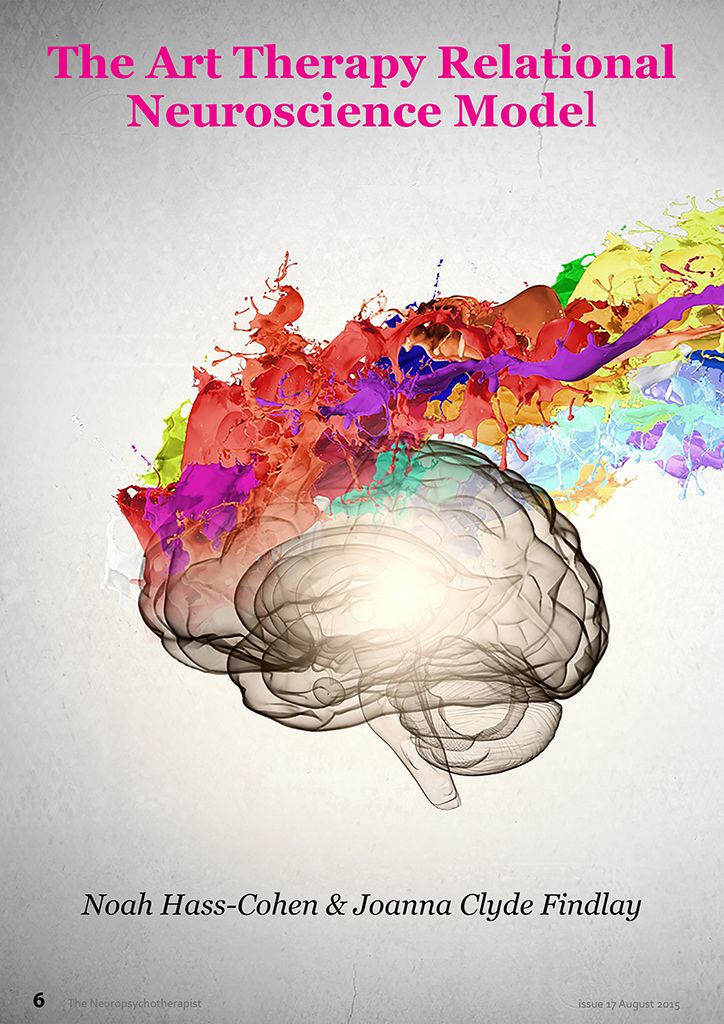 But this is not always the case ... In the process of art therapy, a person can find unexpected solutions to his problem, because his right, creative hemisphere of the brain is turned on brain, thinking in images and not knowing the framework and limitations. A person enjoys his creativity, which reduces the degree of pain experienced, like anesthesia in treatment, "said the psychologist.
But this is not always the case ... In the process of art therapy, a person can find unexpected solutions to his problem, because his right, creative hemisphere of the brain is turned on brain, thinking in images and not knowing the framework and limitations. A person enjoys his creativity, which reduces the degree of pain experienced, like anesthesia in treatment, "said the psychologist.
Practical exercise
The psychologist suggests doing a simple exercise called "My Mood". It helps reduce the intensity of anxiety and improves mood.
You will need paints or crayons for this.
Draw your mood as it is right now. Maybe it will be like the weather, or like a landscape, or it will be an abstract drawing. Finish the image to the end - so that it fully reflects your state. nine0003
—Describe your mood in words: what is it like? Children can be asked leading questions: sad or funny? Why is this? Is it an expectation of something or about past events? What mood would you like?
—Now modify this drawing to represent the mood you want for yourself.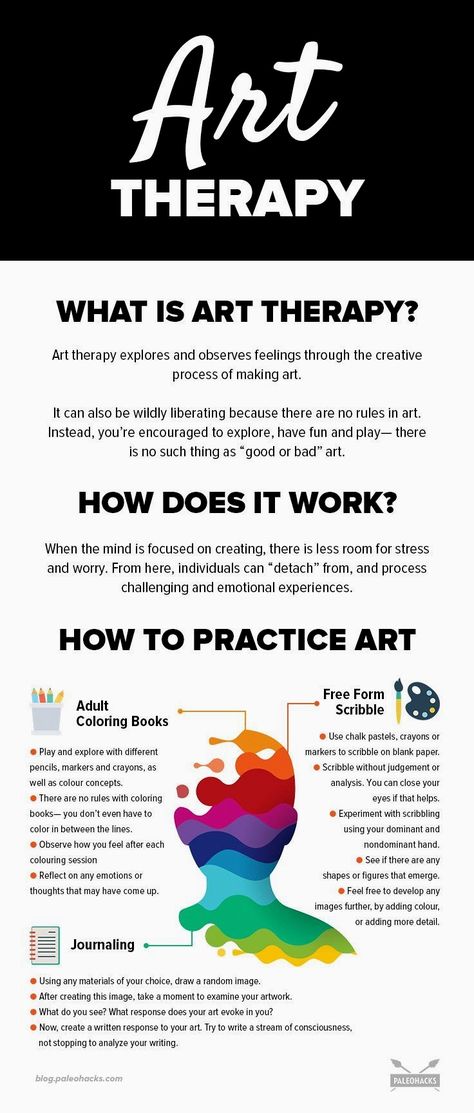 It is this drawing that needs to be changed, no need to draw a new one. You can add new details or draw it completely, rotate the sheet and see a different picture from a new angle. You can cut and re-glue the parts in a different order, change your mood in any way! nine0003
It is this drawing that needs to be changed, no need to draw a new one. You can add new details or draw it completely, rotate the sheet and see a different picture from a new angle. You can cut and re-glue the parts in a different order, change your mood in any way! nine0003
"The main thing is that in the end you get exactly the kind of mood that you would like to keep for a long time, for example, calm or joyful, tender or in love," concluded Mamonova.
How is anxiety different from fear?
In order to understand how anxiety differs from fear and what kind of emotion a person experiences, it is necessary to assess the situation by asking the question: "Am I in real danger here and now?"
If so, then this is fear dictated by the instinct of self-preservation. It is necessary to listen to it and determine the source of danger. nine0003
"If there is no direct threat to you, then you may be dealing with anxiety. In this case, try to return to the "here and now" moment.